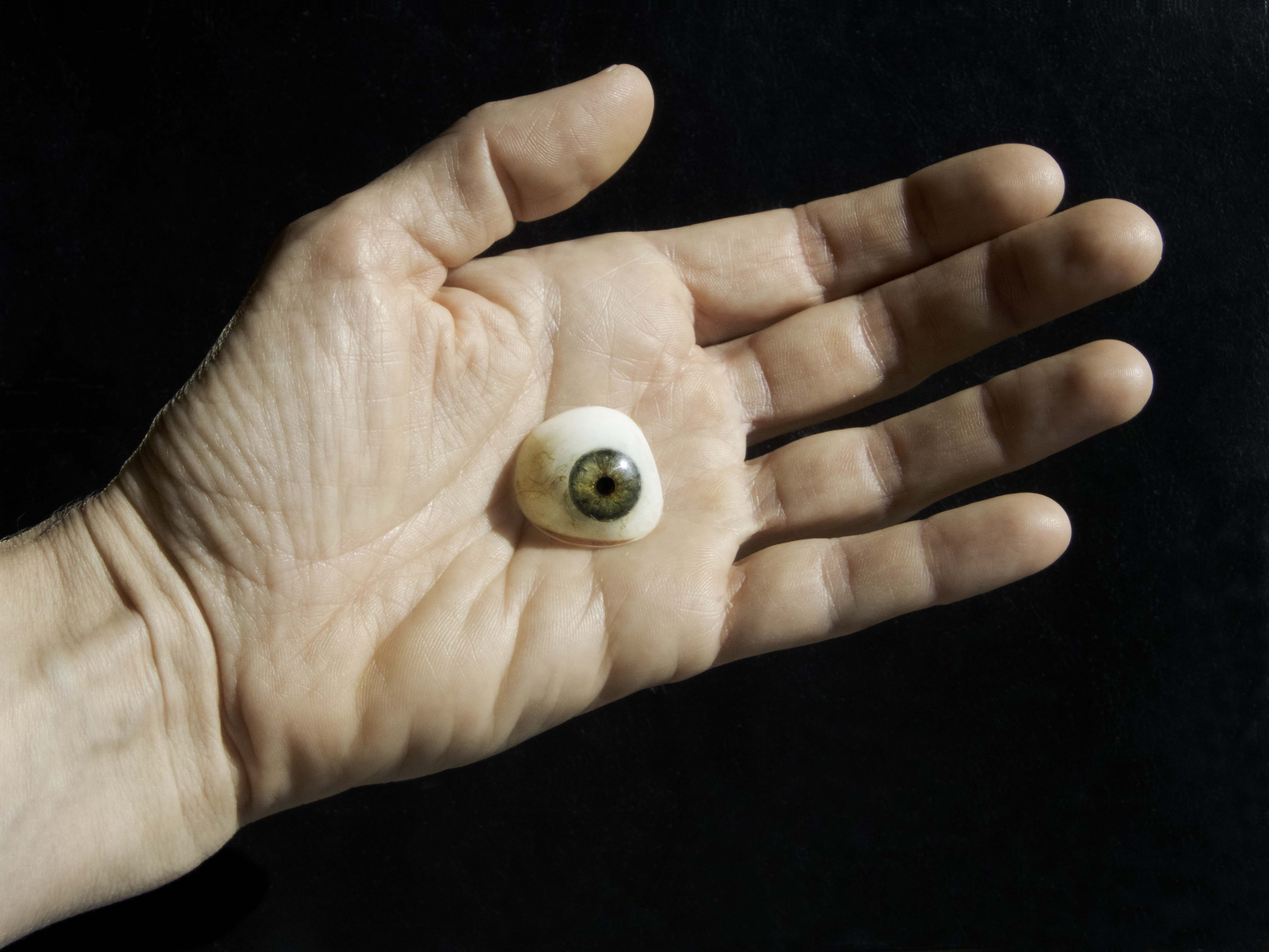The Analogue Image Event
Visual art practice allows addressing epistemological issues related to the conditions of visibility. By creating artworks that tap into the process of imaging, the project situates (photo)graphic technologies in their own material-discursive milieu. The research strives to create new insights and connections between the observer, the camera, and the techniques the images come about.
With case studies that challenge the latent anthropocentric underpinnings of the aesthetic apparatus, the project addresses cultural techniques, conceptions and pictorial operations underlying the spell of (photo)media. Research investigations and propositions articulated by means of installations, experimental settings and written accounts allow re-considering the imaginative potential and the epistemic status of analogue imaging techniques.
The Fabric of the Gaze
The project investigates what constitutes performative encounters with (photo)media through explorations into the ontological and corporeal strands of imaging. Taking the observer’s embodied experience as a starting point, the research focuses on technologies where vision is relocated from the body of the observer and delegated to an instrumental framework of technologically formatted sense(s). Experimental viewing devices that draw from the interaction between the image event and the observer, set out to explore the chain of instrumental operations, material substrates and bodies implicated in the making of analogue images.
Principal Investigator (PI)
Dr Tuula Närhinen is a Helsinki-based visual artist, scholar and architect. She is an Academy Research Fellow (2024–27) at the Academy of Fine Arts in Uniarts Helsinki. Her project focuses on the epistemic inherent to analogue (photo)graphic techniques. Tuula received a Doctorate in Fine Arts (2016) from the Helsinki University of the Arts, a MSc in Architecture (1998) from the Aalto University and a Master’s in Fine Arts (1999) from the Academy of Fine Arts in Helsinki.
Her recent installation works have been exhibited as part of the Helsinki Biennial 2023. In 2021, she received the Finnish State-Prize for the Visual Arts. She has been granted research residencies, such as 2023–24 at the Baltic Art Center in Gotland; 2022 at the Villa Lante (the Finnish Institute in Rome) and 2020 the Below Zero -residency at the Beaconsfield Gallery Vauxhall in London. Since 2017, she is member of the doctoral thesis pre-examination board at the Academy of Fine Arts. She has also worked as a pre-examiner for the Aalto Arts’ doctoral dissertations and as a doctoral thesis advisor in the University of the Arts Helsinki.
Visual media is part and parcel of the human lifeworld, but its technological operation is often susceptible to remain black-boxed. Our interaction with media poses something of a paradox; in search for relevant visual information, we are happy to trust the cultural regimes and fictional spaces instituted by the technologies.
The project creates experimental settings that grant the spectator access to the process of imaging. The research develops an artist-led, empiric approach to study the sweeping repercussions that visual technologies may have in orienting the human sensorium and in underpinning our worldview.
Theme A) Epistemic Apparatus and Aesthetic Knowledge |
| A1. Autographic inscriptions |
| Task A1.1:Mapping phase: Reflecting on existing scholarly and artistic work and methodological settings |
| Task A1.2: Building the experiments: Art works on techniques of inscribing and tracing |
| Task A1.3: Exhibition |
| Task A1.4: Writing and submitting theoretical contributions |
| A2. Analogue sensitivities |
| Task A2.1:Mapping phase: Reflecting on existing scholarly and artistic work and methodological settings |
| Task A2.2: Building the experiments: Art works with photochemical techniques |
| Task A2.3: Exhibition |
| Task A2.4: Writing and submitting theoretical contributions |
Theme B) Worldmaking Images and the Embodied Observer |
| B1. Performative encounters |
| Task B1.1: Mapping phase: Reflecting on existing scholarly and artistic work and methodological settings |
| Task B1.2: Building the experiments: art works on the athropocentric underpinnings of imaging technologies |
| Task B1.3: Exhibition |
| Task B1.4: Writing and submitting theoretical contributions |
| B2. Eyewitness experience |
| Task B2.1: Mapping phase: Reflecting on existing scholarly and artistic work and methodological settings |
| Task B2.2: Building the experiments: Art works on artefacts of vision and entoptic phenomena |
| Task B2.3: Exhibition |
|
Task B2.4: Writing and submitting theoretical contributions
|
Symposium: a public seminar |
|
Monograph: Writing and publishing a monograph; reporting the results of the project |
Project name
Worldmaking with the Aesthetic Apparatus: Tracing Vision back to the Embodied Observer
Time
01/2024-07/2027
Principal Investigator (PI)
Funder
Academy Research Fellow Project, funded by the Research Council of Finland
Programme

